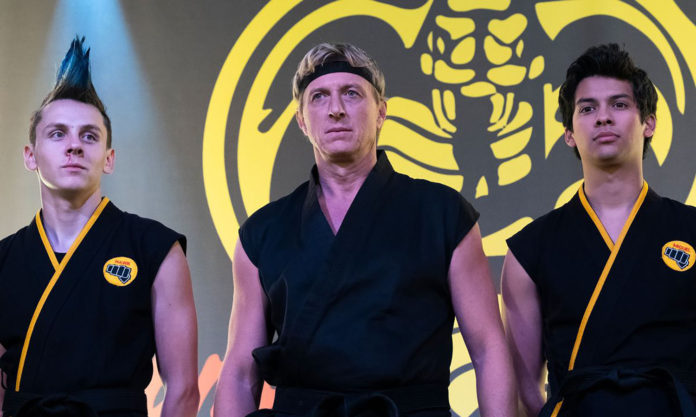In a post on Writers Helping Writers, Angela Ackerman examines the different types of adversaries who can create trouble in your story. “Adversaries generate a lot of conflict, meaning it’s important to know their motivations and intentions,” Ackerman says. “If they have a big role, we should brainstorm them just as we would the protagonist to understand what’s driving them.”
But not all adversaries are built alike. Ackerman suggests a variety of types to choose from:
- Competitor – Someone who is competing to achieve the same goal as the protagonist.
- Rival – Like a competitor, a rival wants to achieve the same outcome, but is also invested in defeating the protagonist.
- Antagonist – Sometimes used interchangeably with adversary, the antagonist can be a person who tries to thwart your hero or the technology, monster, or natural force that stands in his way.
- Villain – Worse than a mere antagonist, a villain has an element of evil in their background or desire to do harm.
- Enemy – Like a rival, an enemy has a personal grudge against your protagonist, and may want to do more than merely bring about a defeat. Their past relationship can bring added layers to the conflict.
- Invader – An invader comes to conquer and take what your protagonist or his society have.
- Haters and Bullies – Haters may be motivated by jealousy or feelings of inadequacy to attempt to humiliate your protagonist or bring them down a notch. A bully may have similar motivations, but gets more emotional satisfaction from the act of bullying, rather than a full-out defeat.
You can find another half dozen types of adversaries at the link.












